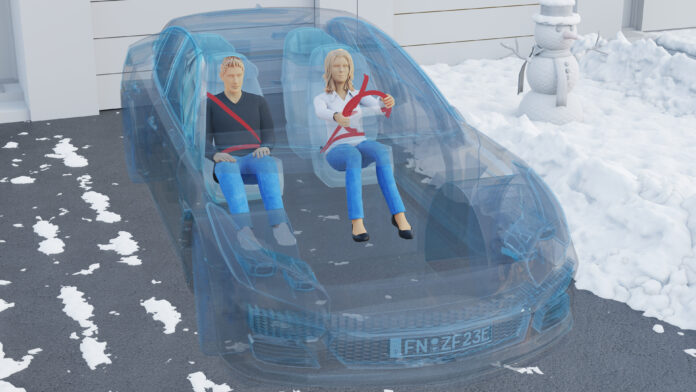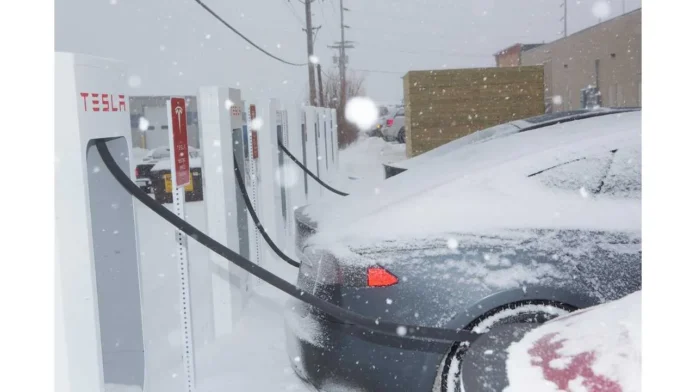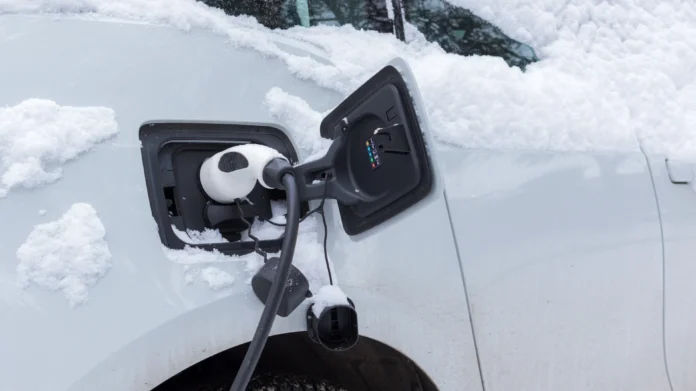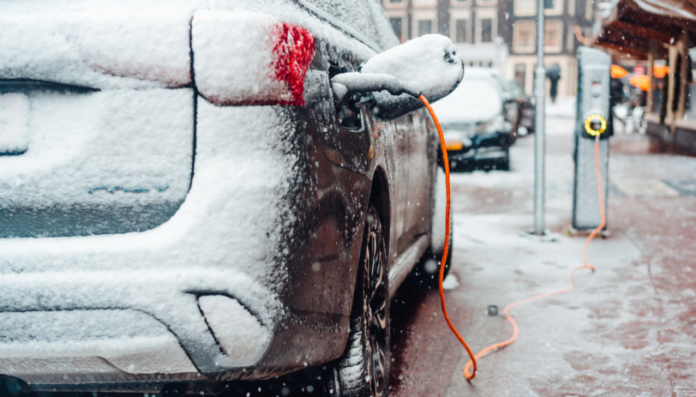Electric cars are becoming more popular each year, as people become more conscious of the environment and the need to reduce our reliance on fossil fuels. But there are some questions about electric cars that have yet to be answered, such as how well they perform in cold weather. Some people worry that the batteries in electric cars may not work as well in cold weather, or that the engines may not be able to generate enough power to move the car. Others wonder if extra protection is needed for electric cars in cold weather, such as special insulation or heated seats.

So far, there hasn’t been a lot of research done on how electric cars perform in cold weather. But several companies are starting to test their electric cars in extreme conditions, so we should have some answers soon. In the meantime, here is what we know about how electric cars handle cold weather so far.
According to Autovault, it is important to note that electric cars are not affected by cold weather as much as other types of vehicles. The batteries in most electric cars are designed to work in a broad range of temperatures, from -20°C to 50°C. This means that in theory, an electric car should be able to operate just fine at temperatures below freezing. However, some experts suggest that the battery range may decrease slightly in extremely cold conditions and that the engine may need more energy to start up
Second, electric cars need to be equipped with the right tires in cold weather. Winter tires are typically made of a softer rubber compound that is designed to provide better traction and grip on icy roads. If you live in an area where it gets cold, it is important to make sure that your electric car has winter tires.
Third, electric cars should also be equipped with a block heater. This device is designed to keep the engine warm when it is not in use and prevent it from freezing up in cold temperatures. In addition, electric car owners should try to keep their batteries charged as much as possible, even if they are not planning on using the car for a few days. This will ensure that the battery does not freeze or become damaged due to low temperatures.
In addition, some models of electric cars come with special features designed for colder climates, such as heated seats or built-in insulation. These can help keep you comfortable while driving even during the winter months. And if you live in an area with extremely cold weather, you may want to consider investing in a winter cover for your car or opting for a model that has improved insulation and protection against the elements.
Maintenance Tips

In order to preserve the optimal longevity and performance of your electric vehicle during the colder winter months, it is important to properly maintain it. Below are a few tips that should be kept in mind when caring for an electric car during cold weather:
- Charge regularly: Cold temperatures can significantly reduce the range of an electric vehicle, meaning consistent charging is essential for ensuring sufficient battery power during winter months.
- Charge for at least 30 minutes after significant trips: Taking longer trips in cold weather can allow your battery to deplete at a faster rate. To protect against this, you should charge it for at least 30 minutes after extended trips.
- Keep tires properly inflated: Failing to keep tires properly inflated can reduce its overall range and affect acceleration due to extra drag on lower pressure tires. The recommended psi ratings can be found in either the owner’s manual or on a door plaque located near one of the doors of your vehicle.
- Use block heaters or battery warmers (purchase highly recommended): Battery warmers will help maintain approved temperature readings, preventing damage due to low temperatures that may affect both performance and lifespan of your batteries, as well as provide a comfortable driving experience while conserving energy.
- Make sure exterior components are functioning correctly: This includes wiping off snow and ice build up from mirrors, windshield wipers and windows before starting your trip as well as making sure any dirt or grime buildup on other exterior components is wiped away. Doing so helps ensure proper functionality during chilly or snowy weather conditions by helping you have clear visibility throughout the trip.
Charging Considerations

When temperatures drop below freezing, electric and hybrid automobile owners should consider protective measures when charging their vehicles. Cold temperatures can interfere with the charging of the battery, reduce range and accelerate degradation. Cold weather can also affect starting times if the vehicle’s heater is used directly from the high-voltage battery.
When it comes to charging a vehicle in cold weather, it’s important to note that electric cars draw more energy than usual when temperatures are below freezing. This is because their batteries need more energy in order to heat up to reach an optimal working temperature. Most of them use resistive heating elements as part of their built-in charger/regulator system which adds additional strain on your battery when it’s cold outside. This also means that you may need more time to charge than usual during winter months.
Other things you can do to protect it in cold-weather include:
- Using a special protection plug designed for extreme temperatures.
- Using some form of insulation around your charger while charging so as to keep it at an even temperature throughout the process.
- Checking your voltage regulator and coolant regularly since they play an essential role in keeping your car running properly under cold weather conditions.
Overall, electric cars may need some extra protection during colder months. However, most electric cars should be able to handle temperatures below freezing without any issues. And with more research being done on how electric cars work in cold climates, it is likely that we will know even more in the near future. For now, it is always a good idea to check with your car’s manufacturer for the best advice on how to keep your electric car safe and running properly in cold weather.









